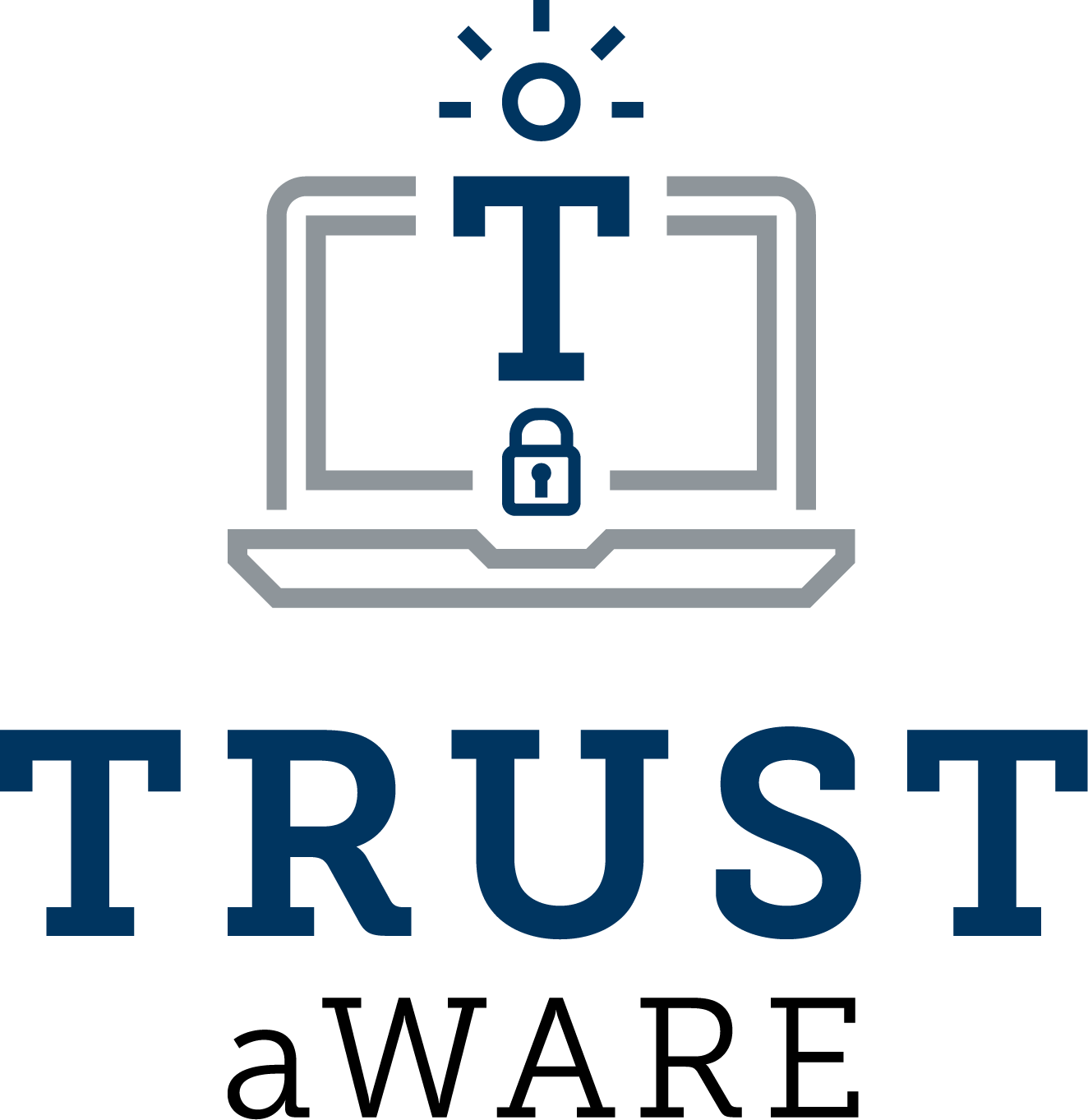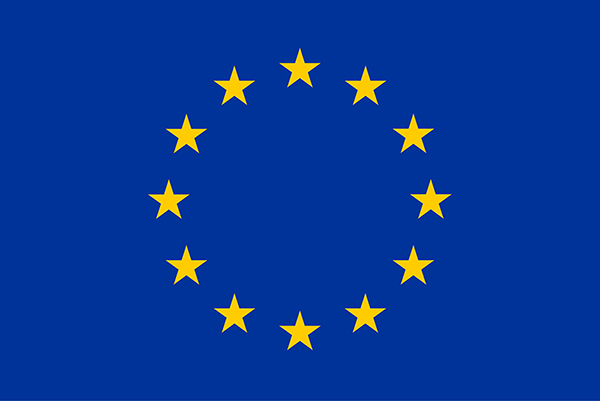Cybersecurity and its impact on users

by Anaïs Fernández and Daria Kyslitska (Eseniors)
Cybersecurity and its interaction with the users are yet to be widely explored. Despite existing reports and researches about cyberthreats in the field, there is still much work to be done to secure one’s activity online. The below information frames the definition of cybersecurity tools and its impact on general population.
The term “cybersecurity” refers to the protection of computers, servers, mobile devices, electronic systems, networks and data from malicious attacks. It is also known as computer security or information systems security. The objective of these tools is to protect the cyber environment of an individual user or organisation [1]. There are many cyber threats affecting the users: cyberbullying, cyberstalking, identity theft, social information overload, inconsistent personal branding, personal reputation damage, data breach, malicious software, service interruptions, hacks, and unauthorised access to social media accounts. In short, “cybersecurity” not only refers to the role of systems and technologies but also to the users interacting with them [2].
According to an Avast’s “Global PC Risk” report published in July 2021, users have a 29.39% chance of being exposed to PC malware, which is an increase of about 5% from 2020. The chances of being targeted by an advanced threat are lower, but the proportion is similar to all threats, with consumers having a 5% chance of encountering an advanced threat (4.61% in the previous year). Geographical areas with more conflictual socio-political situations, such as the Middle East, Asia, Africa and Eastern Europe, also appear to face more risk from cyber threats [3].
Even though the profile of users is diverse, the online habits do not differ much from younger to older generations. The latter generally use the Internet for practical purposes like communicating with peers and relatives through emails or videos calls, making online purchases, consulting online banking, playing games etc. Nowadays, senior citizens are major users of new technologies and digital media offer many opportunities for seniors. In consequence, it is essential to protect them from potential online threats and to give them advices to enjoy the benefits of the digital world without constraints. Indeed, senior citizens are frequently the victims of cybercriminals who steal their money and data, or both. They are less aware of cyberthreats, generally more trusting and, thus, more vulnerable. As a consequence, the role of children, grandchildren and other professionals is essential to guide them to have secure methods to browse safely on the Internet, and to help them installing software and appropriate security settings [4].
Through the project TRUST aWARE, the mission is precisely to answer the question of trust in digital tools by proposing a solution that strengthens online security and privacy and that protects citizens against potential cyber threats.
References
[1] AlQadheeb A., Bhattacharyya B., Perl S., Enhancing cybersecurity by generating user-specific security policy through the formal modeling of user behaviour, ed. Array ScienceDirect, July 2022
[2] Van den Berg, B.; Keymolen, E. Regulating security on the Internet: Control versus trust. Int. Rev. Law Comput. Technol. 2017
[3] Avast Global PC Risk Report H1 2021 Snapshot: https://press.avast.com/press-kits/avast-global-pc-risk-report-h1-2021-snapshot
[4] Kaspersky Daily, Les seniors sur Internet : habitudes et inquiétudes, sept. 2016 : https://www.kaspersky.fr/blog/older-people-internet/6115/


